Week 34: Bulgaria!
–
–
I have to say, our first impressions of Bulgaria were a little underwhelming. It was a grey day and Sofia’s outskirts didn’t look like much. However after 10 minutes of shocked silence and culture shock digestion things looked a bit better. In a way the dull light suited the flaking paint and crumbling concrete of Sofia’s aging apartment blocks better than a brighter sun would have.
We spent our first full day wandering around the city, but first was a very important visit to the German embassy where I finally picked up my new passport in my married name. We’ve been married nearly 8 months and have been trying to sort this out since March 25th so it was quite an achievement to finally hold it in my hands. We celebrated with some delicious ice cream in a 1909 shopping market in the centre of town.
Nearby was the Sofia Synagogue, built from 1905 to 1909, which has recently undergone an EU sponsored restoration project to celebrate 100 years. There was also a mosque nearby, not to mention the many (many) churches. Quite a few of the ruins and buildings we saw dated from Roman times, around 100AD, when they controlled the lands that are now Bulgaria. The Thracians were here before them (from the 4th century BC) but there are no remains from that era in downtown Sofia, though we may see some as we travel around the country. Bulgaria was also part of the Ottoman Empire from 1396 to 1878. In WWII they aligned with Germany (though saved their Jews from the Nazis) but then changed sides to the USSR after the war. They never actually joined the USSR, but were communist, and Russian is still commonly understood.
One of the more impressive sights we saw in the capital was Alexander Nevski cathedral. It bubbled up from the ground with layers of rounded domes and flourishes with its golden domes glinting in the sunlight and reflecting the brilliantly blue sky. Construction of the cathedral started in 1882 but actually the majority of the building happened between 1904 and 1912. It honours the Russian soldiers who died fighting the Ottomans in the Russo-Turkish War (1877-1878).
From Sofia we headed south to the UNESCO listed Rila Monastery, established in 927 near the site of St Ivan’s hermitage cave. On our first night the rooms at the monastery were full as they only have 10 rooms open in winter but thankfully Sunday night wasn’t as busy and we managed to stay in the monastery itself. Only married couples are allowed to share a room though they didn’t ask us for any proof. The Nativity Church at the centre of the square residential complex was beautiful; just about every inch of the inside and outside walls was covered in colourful, intricate murals. Inside a massive wooden carved wall, dripping with intricate carvings and covered in gold leaf, partitioned the public part of the church from the rearmost section. I’ve seen few things more beautiful.
Tearing ourselves away from Rila we headed further south to Melnik, a town known within Bulgaria for its wine. We were greeted at the bus stop by a bubbly woman with bright red dyed hair who had a room for rent and also a well stocked wine cellar. We bought a 5L bottle for the equivalent of about US$15. It’s a lot tastier than the price would have you believe and we started to see why every second building in town is a restaurant or hotel. Before the sun went down we headed to a traditional house where we were given a free glass of wine as we sat outside with our cheese and sausage picnic then we visited a winery. We were told that the family had 7 tonnes of wine that was fermented for a month elsewhere then brought to the small cellar we were sitting in to be sold to tourists. As we sat, sipping, a man filled a bucket from a 20L plastic jerry can then poured it into a 100L cask using a funnel.
While in Melnik we also ambled to Rozhen monastery through the Melnik sand pyramids, towering peaks of eroded sandstone that have apparently been popular since Roman times. It was a nice walk up and we paused at a particularly scenic viewpoint for some cheese, wine, Haribo and a crossword (if one pays close attention one can start to see a theme in the cheese and wine area of our eating habits). The monastery was cool, though more in a rustic stone and wood way than Rila. We then walked the road back to our home in Melnik. Today we caught buses to Bansko where we wandered the old town and dodged smooth talkers warming up their skills for the winter ski season.
A deliciously drawn out meal in a friendly and cosy Mekhana completed our positive impression of the city, though we’re still leaving tomorrow on the slow train to Plovdiv. We’ll spend some time there before heading further north to Koprivshtitsa and a few other places most people have never heard of. Without knowing when Brett will be heading back to work our plan is to spend another 2 or so weeks in Bulgaria then shoot through Romania to Moldova, up to the Ukraine for a short visit then come back into Romania to spend Christmas in Transylvania’s mountains.
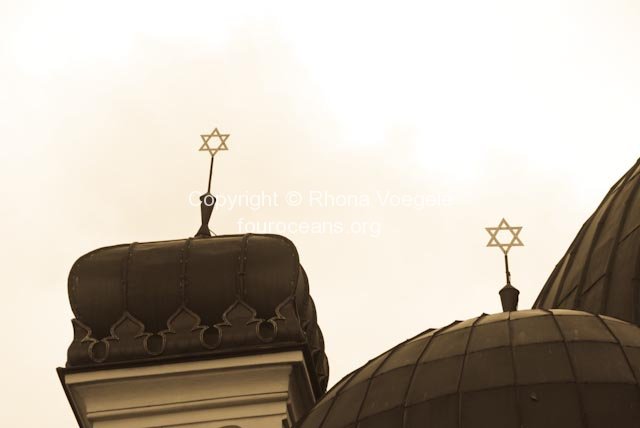
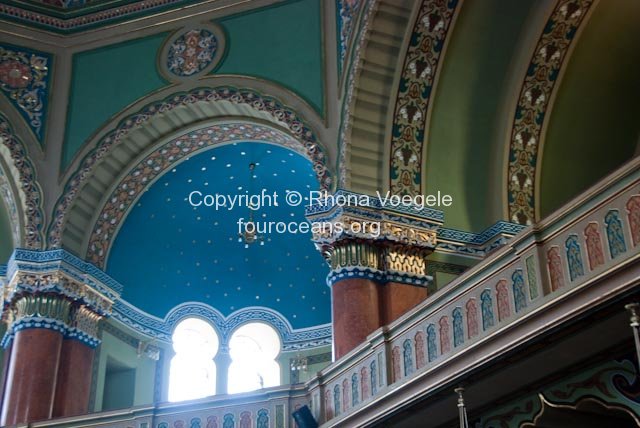
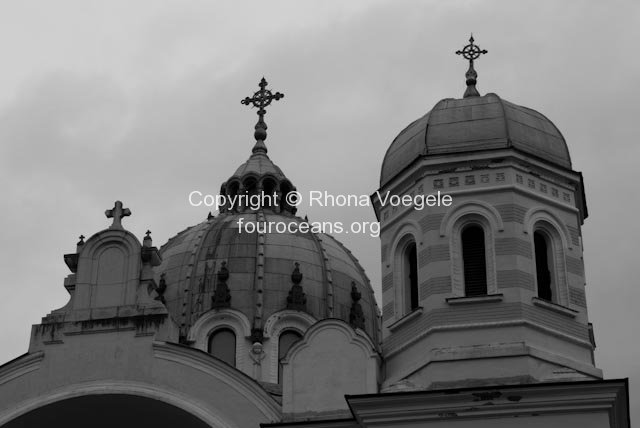
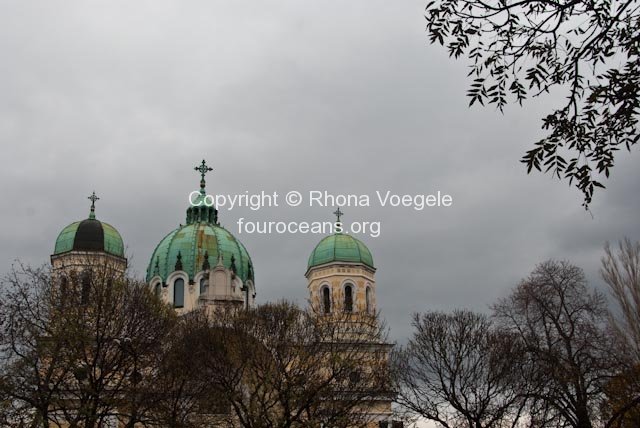
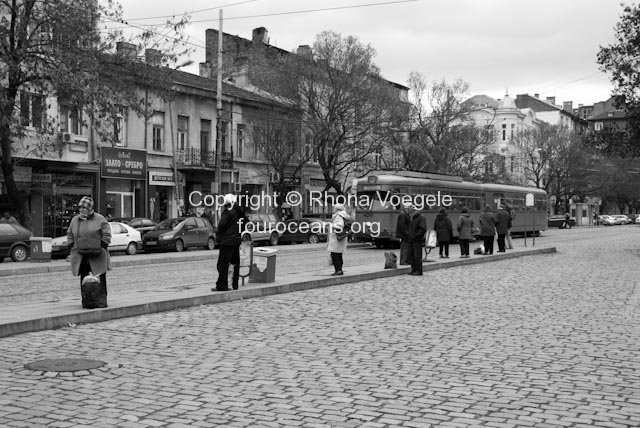
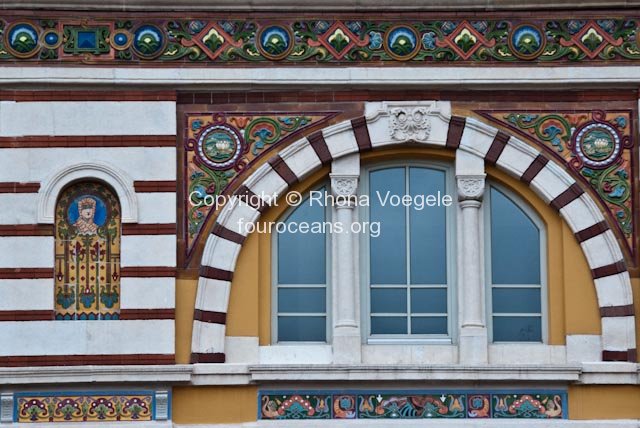
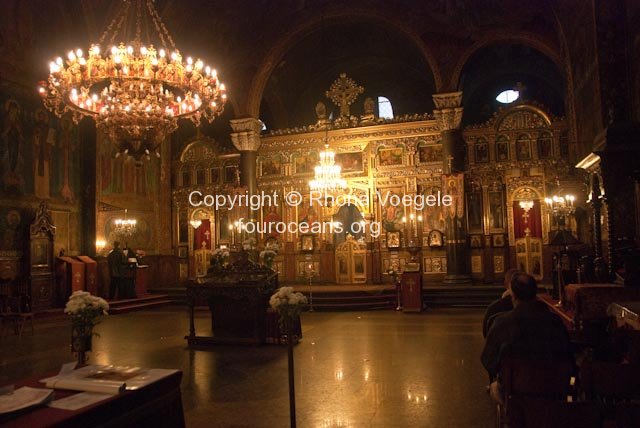
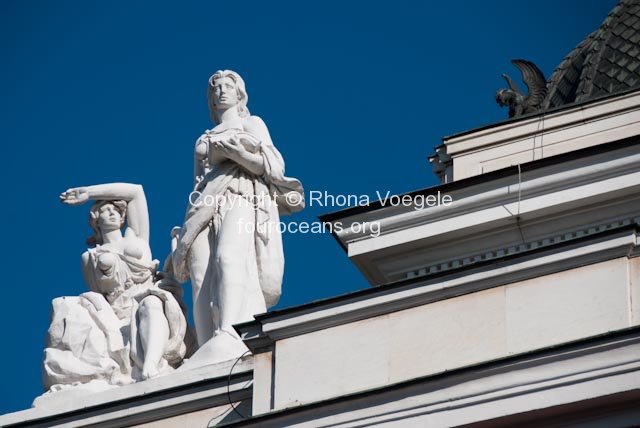
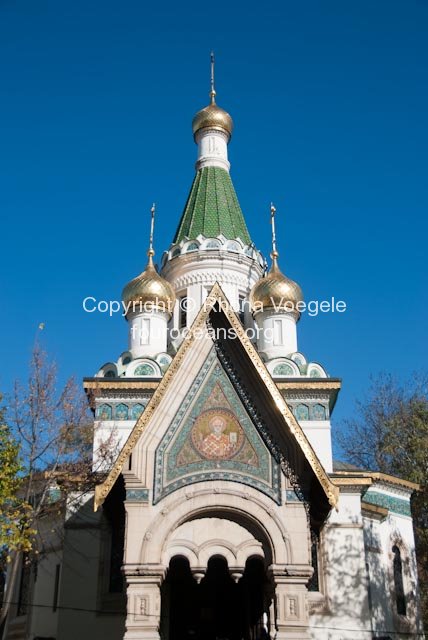
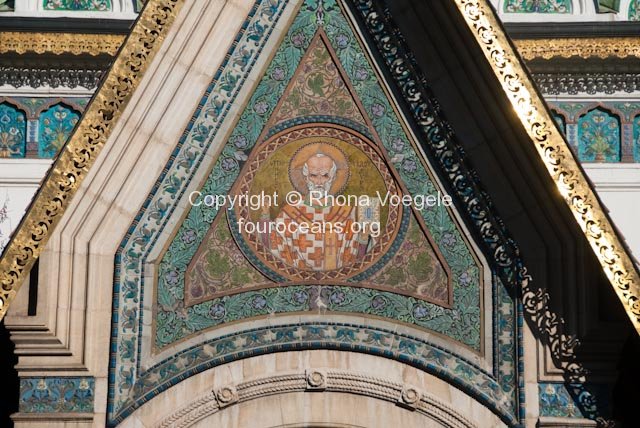
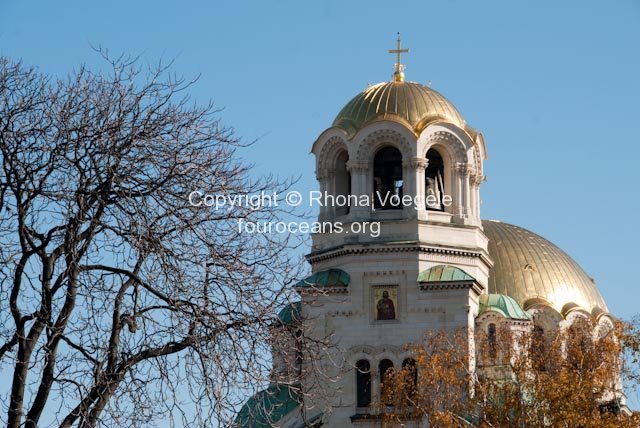
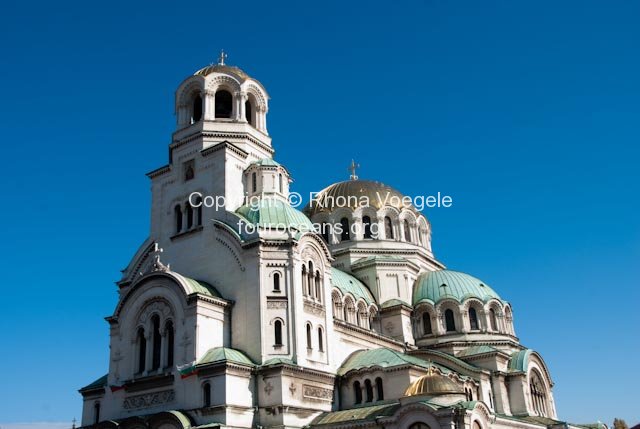
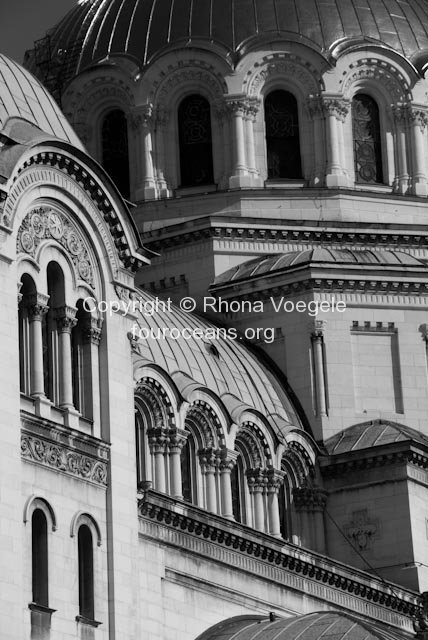
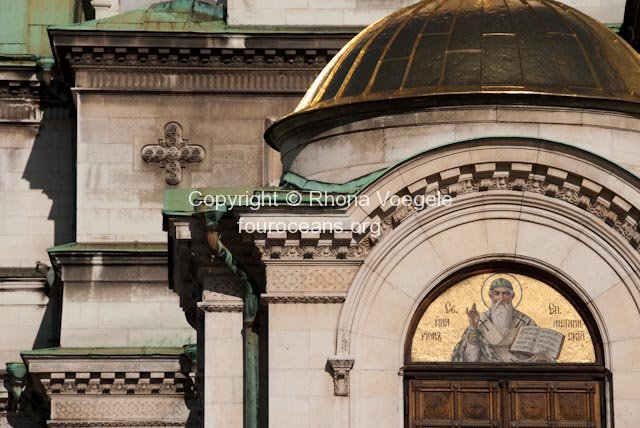
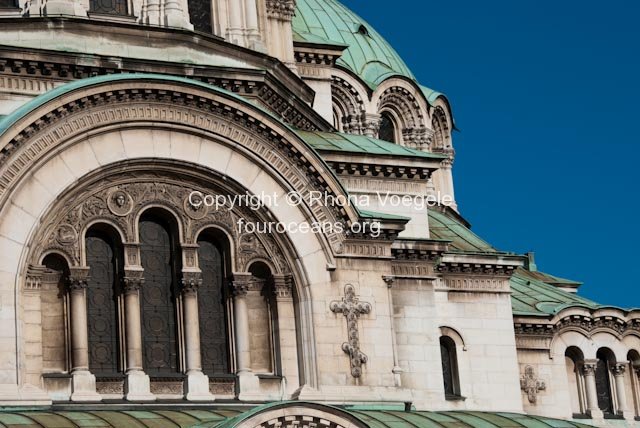
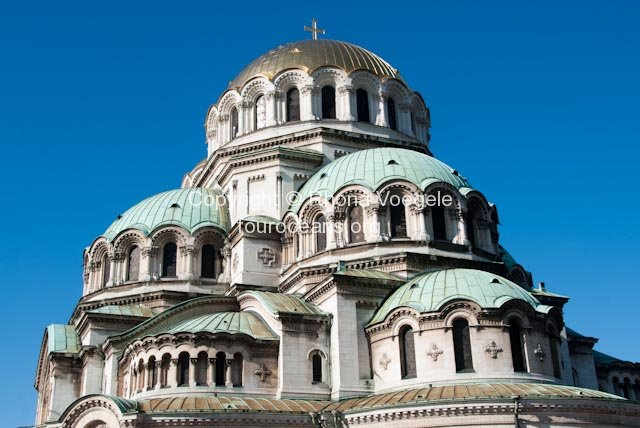
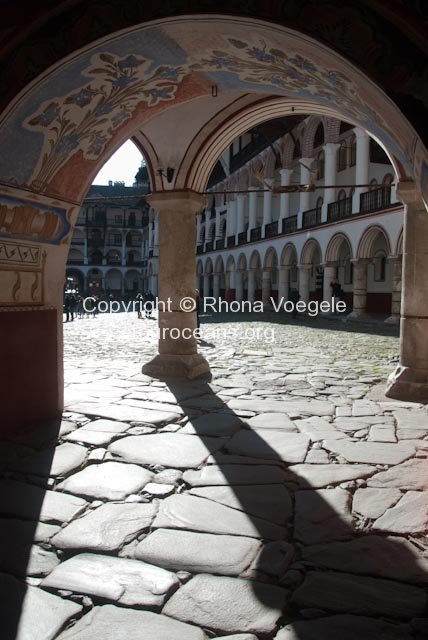
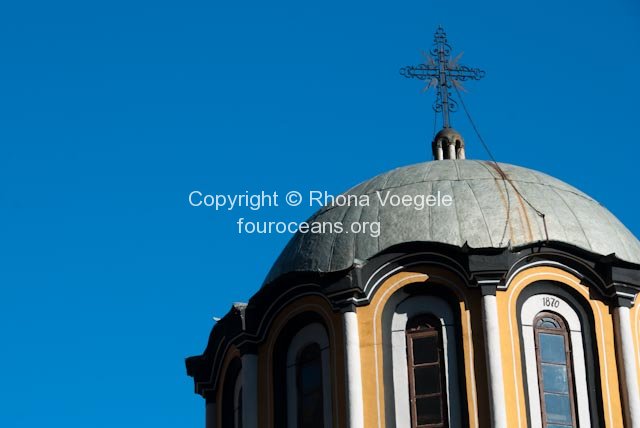
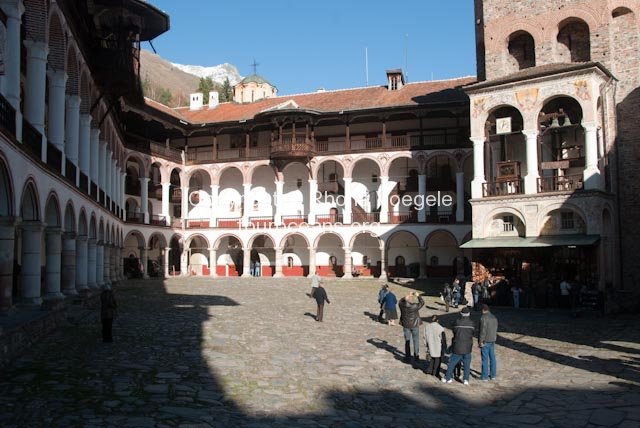
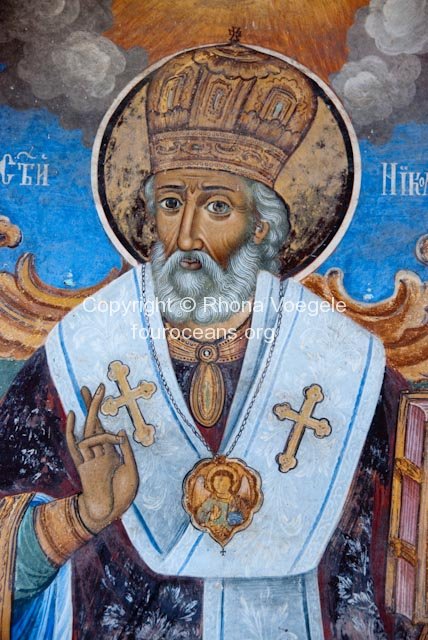
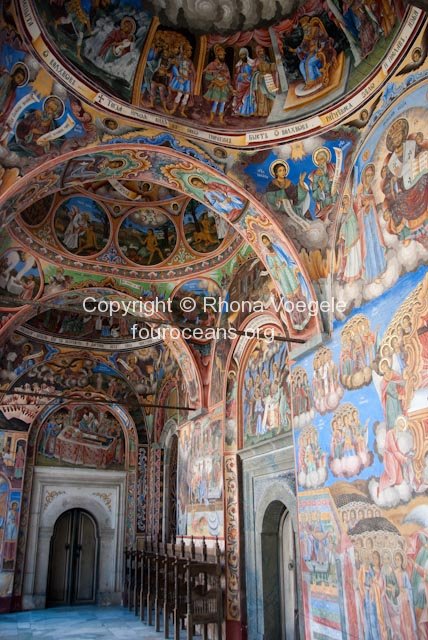
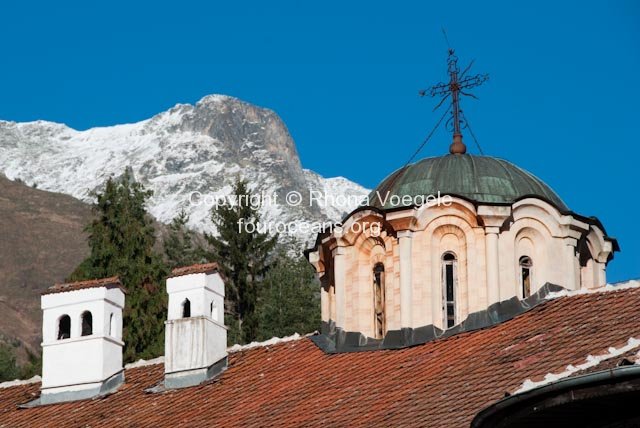
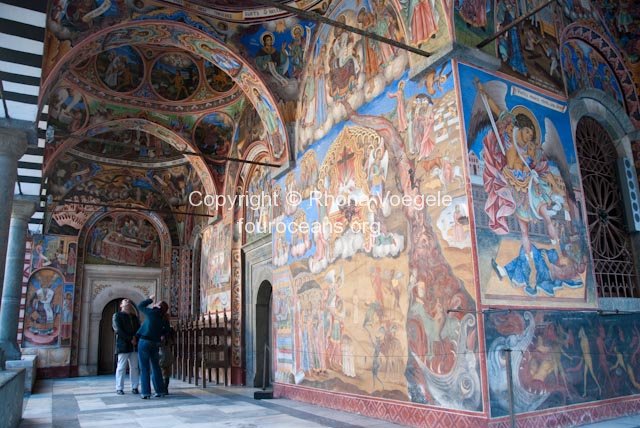
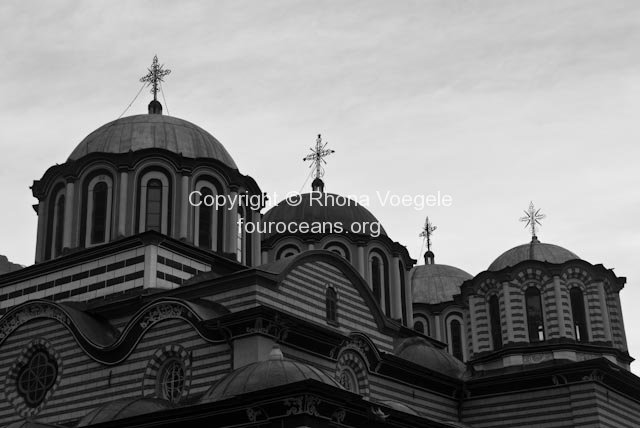
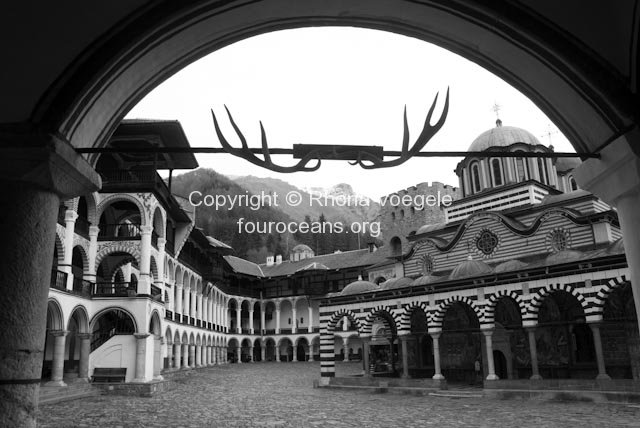
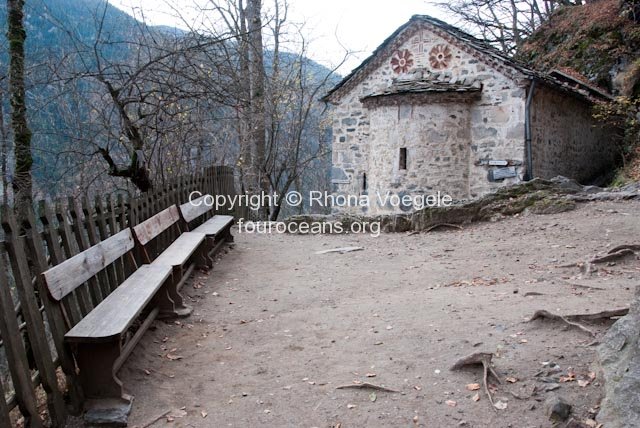
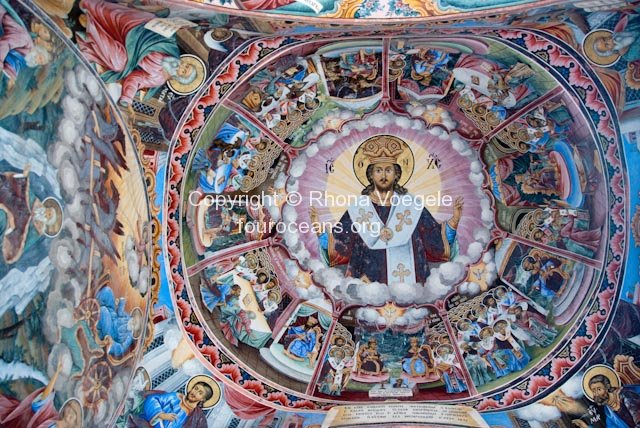
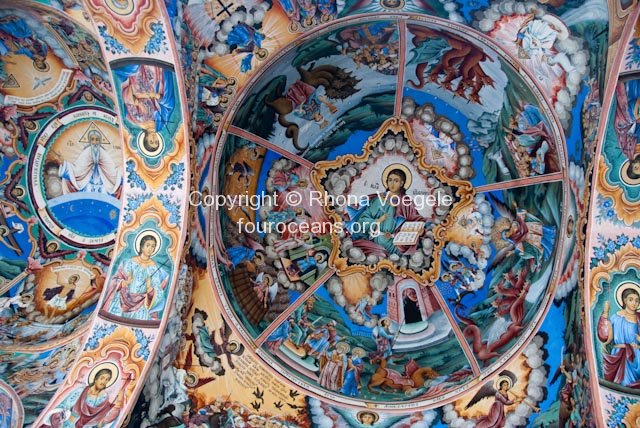
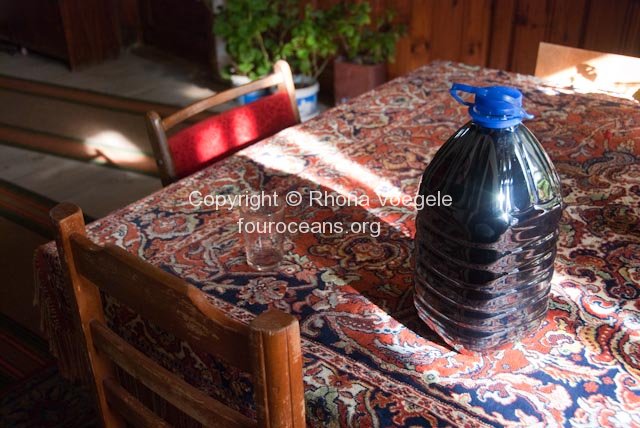
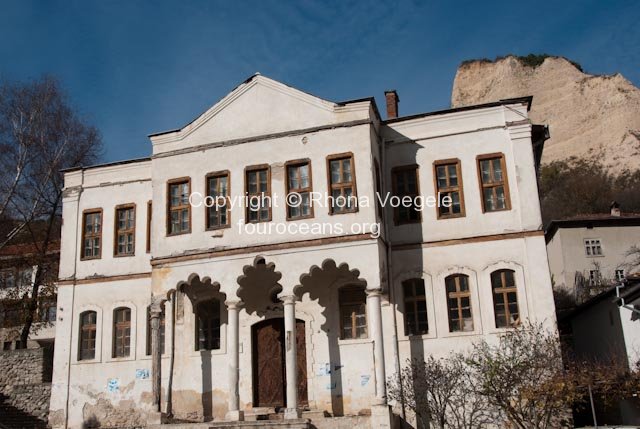
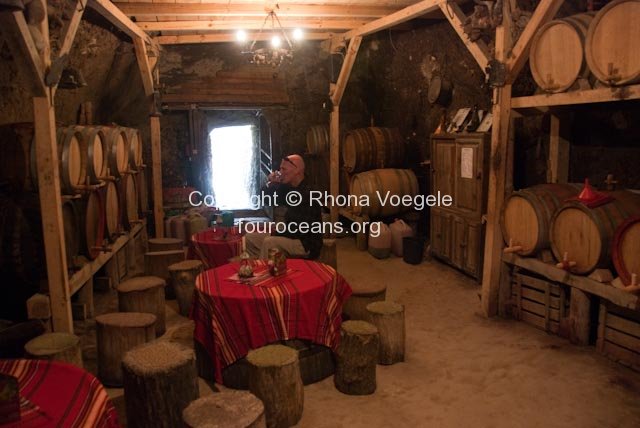
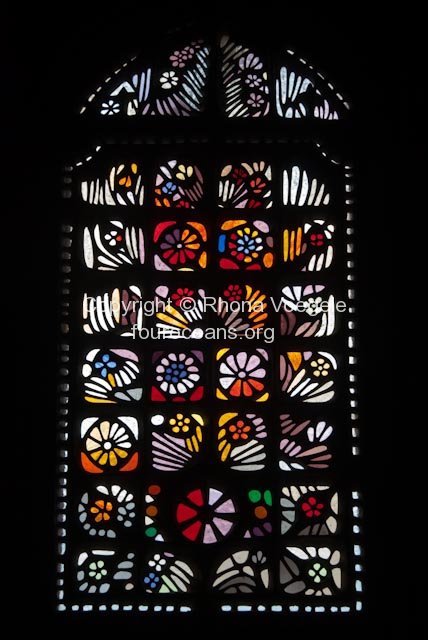
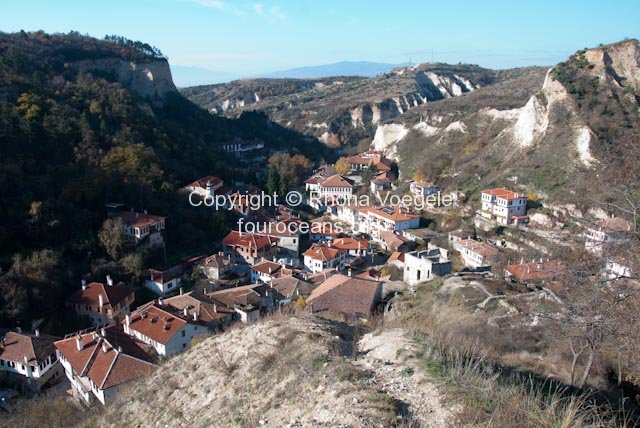
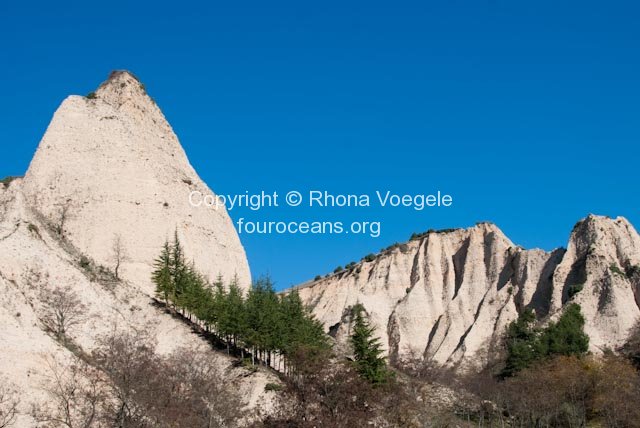
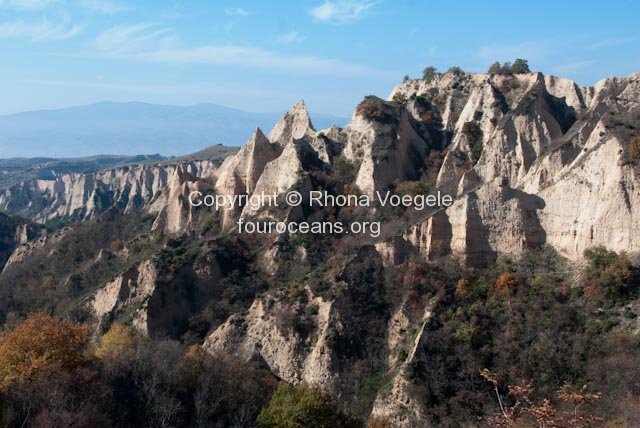
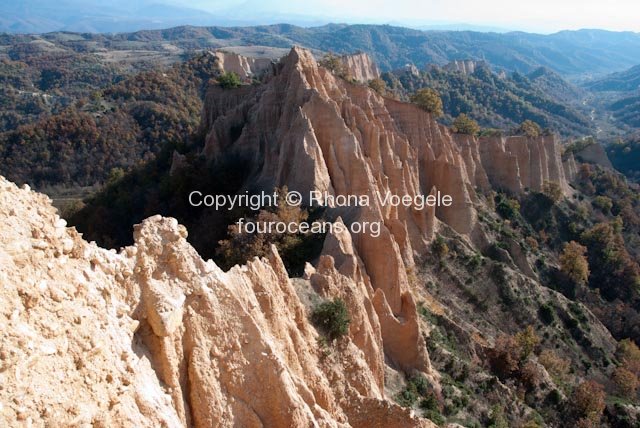
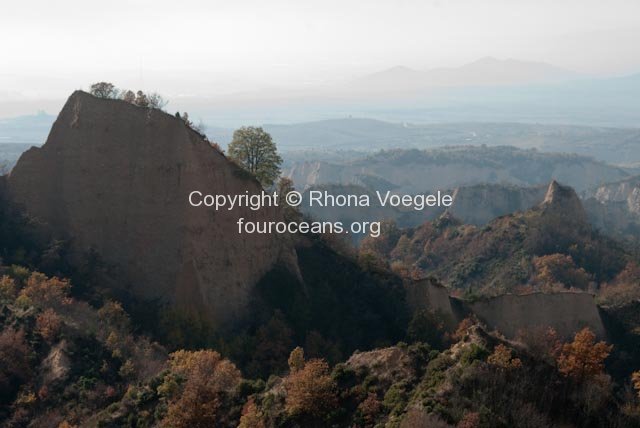
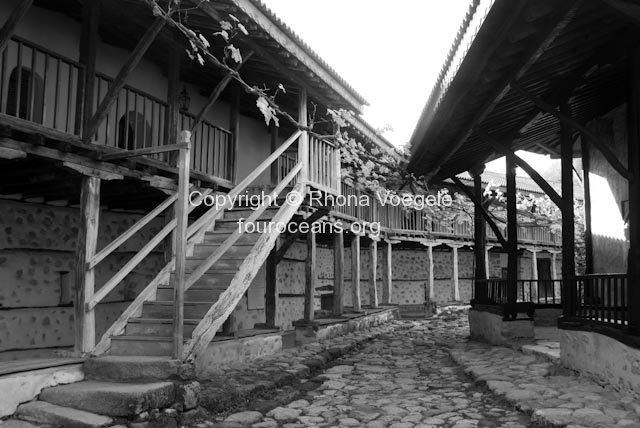
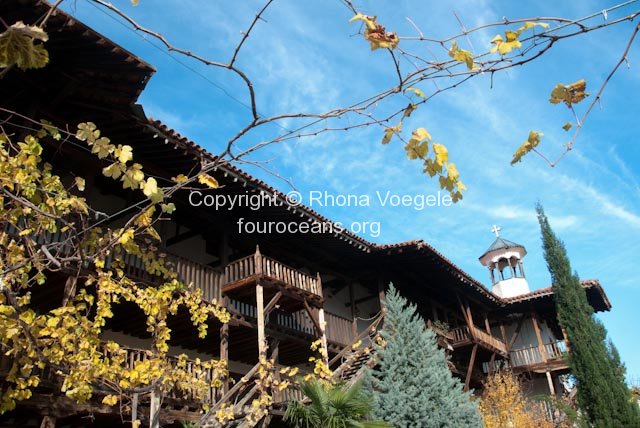
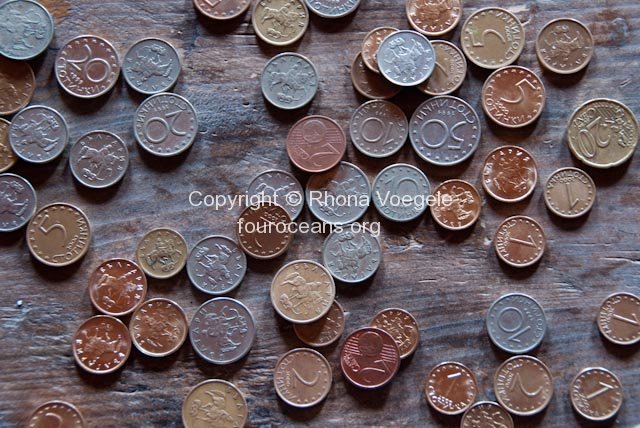
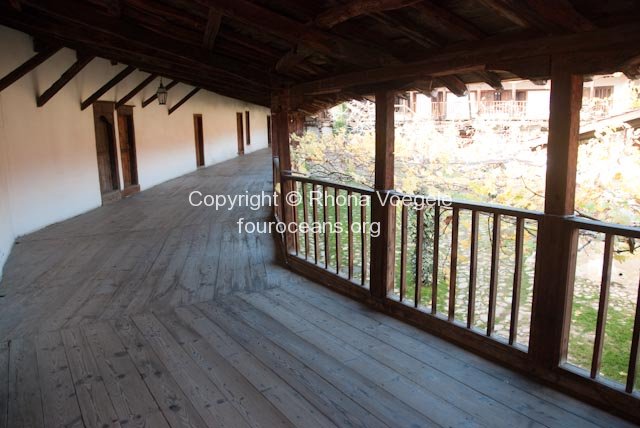
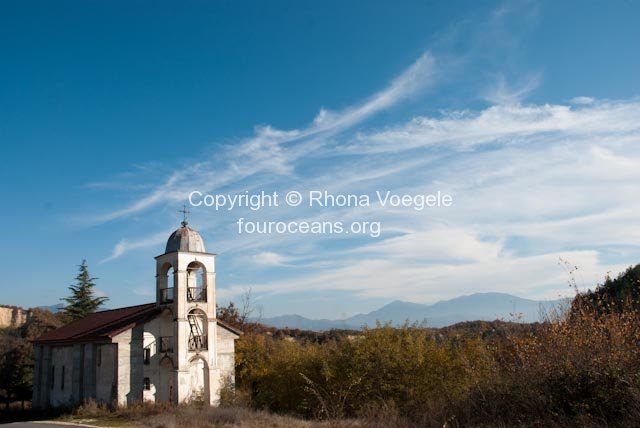
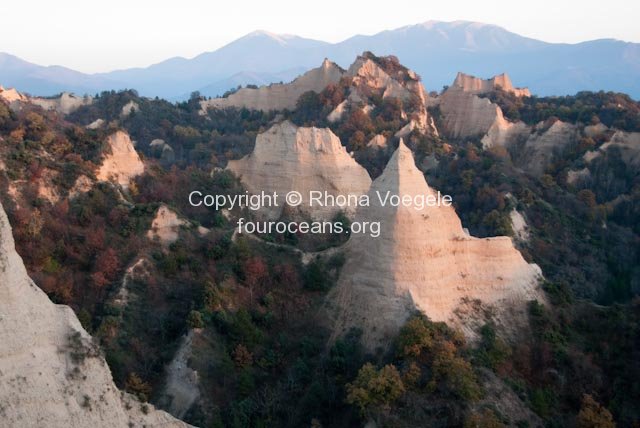

Leave a reply